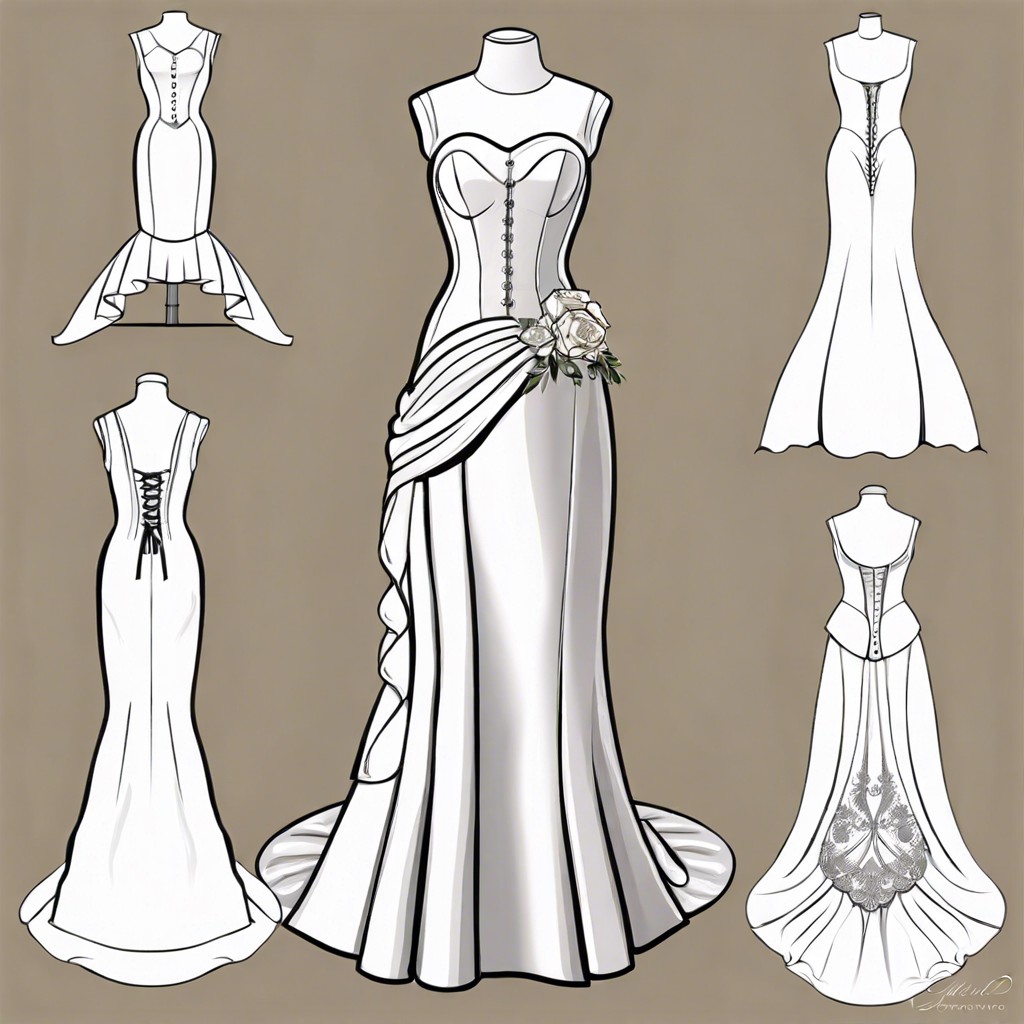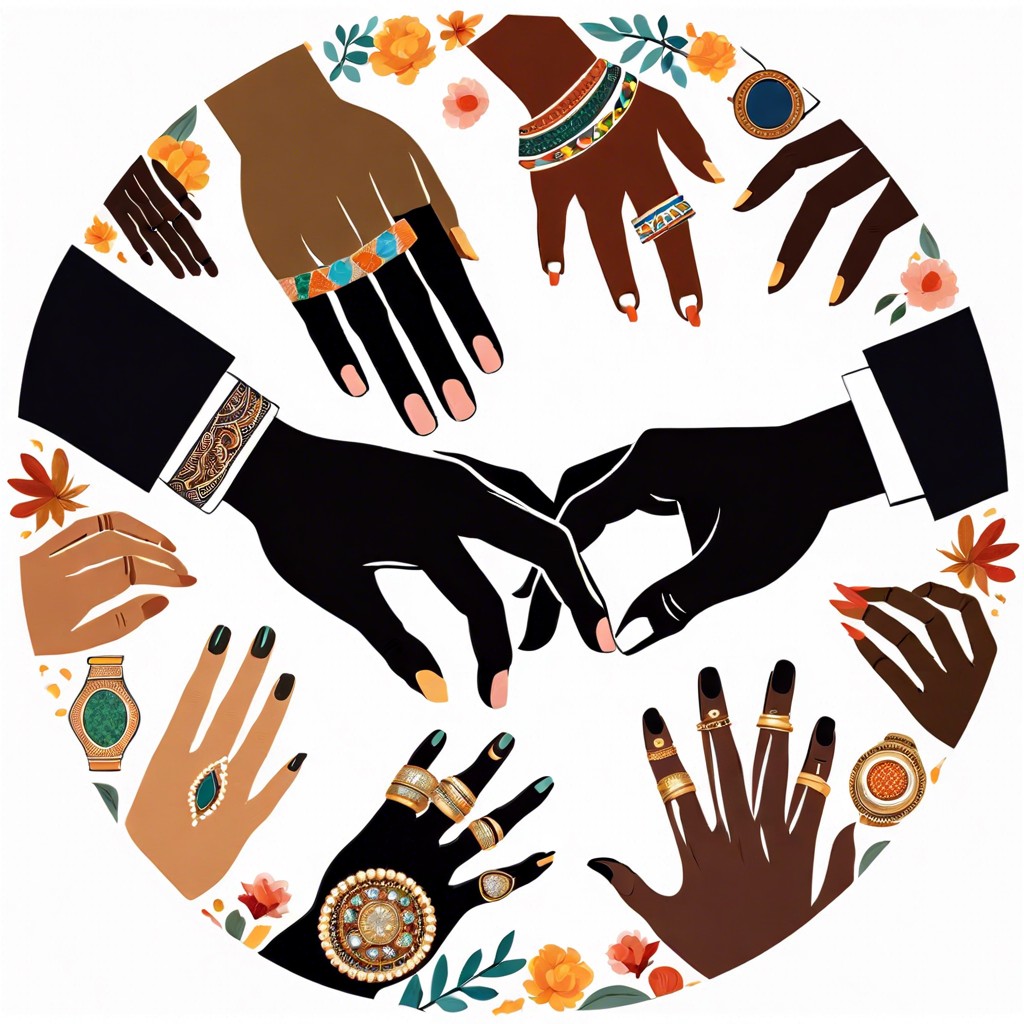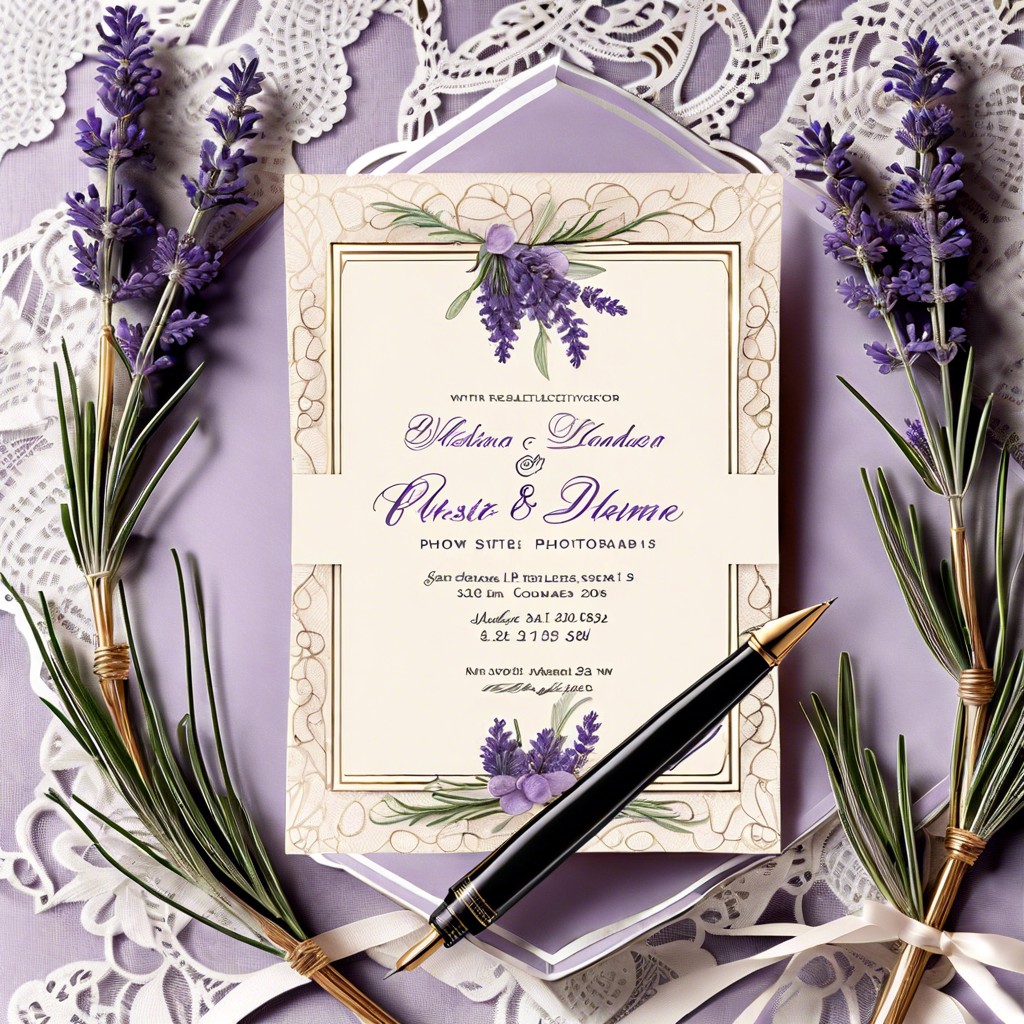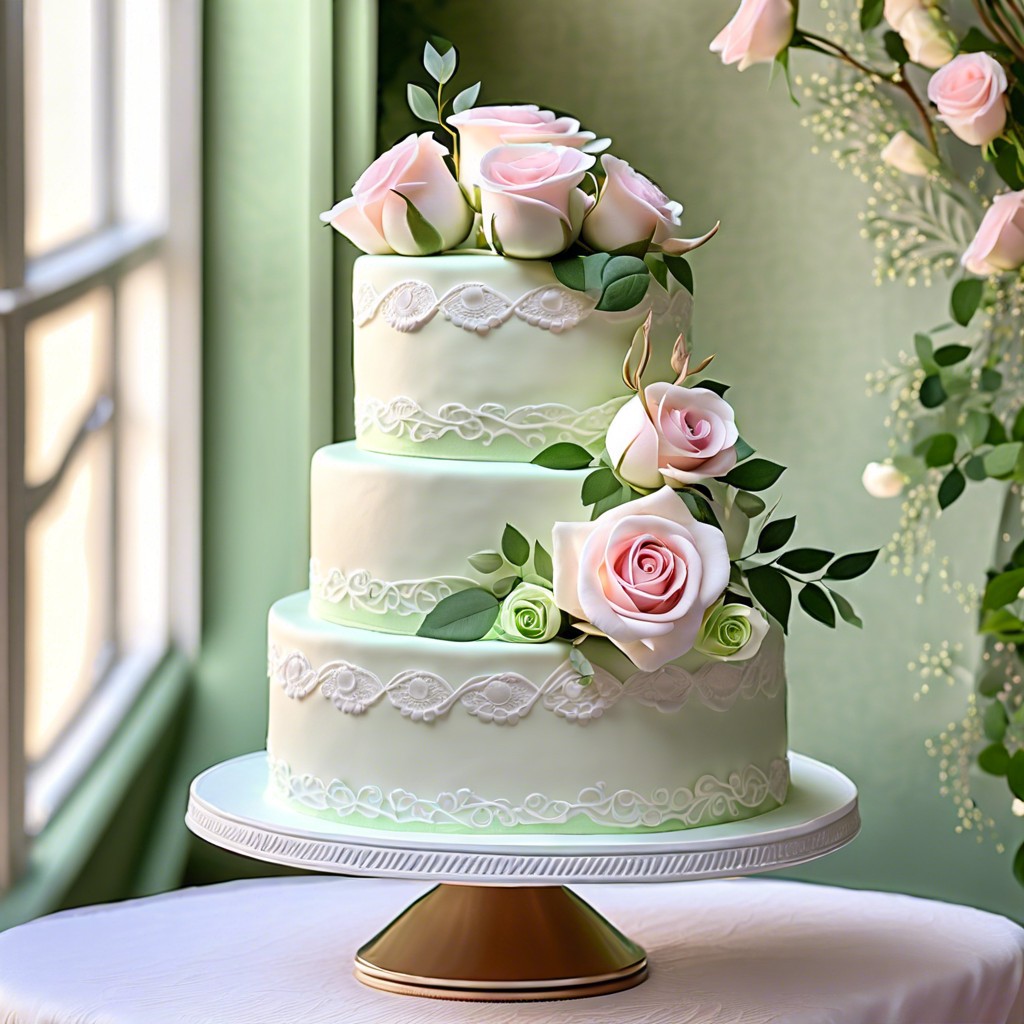Learn how to bustle a wedding dress with step-by-step instructions on various bustling techniques to ensure your gown looks perfect on your big day.
Key takeaways:
- American bustle involves lifting the train and securing it.
- French bustle tucks the train under the fabric and ties it.
- Ballroom bustle folds the train into the skirt for a seamless look.
- Practice bustling the dress before the wedding day.
- Choose the right bustle style that complements your dress.
Understanding Bustle Types

Selecting the right bustle for your wedding dress hinges on the gown’s design and your personal preference. Common bustle types include:
- American bustle: Also known as the over-bustle, it involves lifting the train and securing it with hooks or buttons at the waistline, creating an elegant fold that looks like part of the dress design.
- French bustle: This under-bustle technique tucks the train under the fabric and is fastened with ties, creating a pouf effect and adding volume to the gown’s back; ideal for full, layered dresses.
- Ballroom bustle: It creates the illusion of no bustle at all, as the train is meticulously folded into the skirt and gives the dress a seamless ballgown look.
- Royal bustle: Perfect for longer trains, it involves an intricate series of hooks that elegantly drape the train along the back of the gown.
- Austrian bustle: This style runs vertically up the back of the gown and is cinched to create a ruched look, adding a unique, decorative element.
Each type of bustle changes the dress’s appearance and functionality, making trials and adjustments with a professional seamstress imperative to achieve the perfect look and ease of movement.
Steps for Creating a Bustle
For an American bustle, also known as an over-bustle, identify the points where the fabric will be lifted and secured. These are typically three to five evenly spaced points along the waistline or directly below. Attach ribbons, buttons, or hooks at these points.
For a French bustle, or under-bustle, locate the pick-up points on the inside of the gown’s skirt. The aim is to create an inward tuck that lifts the train. Attach ties inside the gown at the designated points so they can be tied together, pulling the train up and under.
For a Ballroom bustle, fasten the train to the inside of the gown at different points, creating a uniform look that mimics the flow of the dress without a train. Use a system of buttons and loops, or hooks and eyes, spread out across the waist and throughout the gown’s skirt.
Practice bustling the dress before the wedding day. Ensure the person who will help you with the dress on your wedding day is present for a demonstration and to practice the steps themselves.
Remember, some dresses may require a specific or custom bustle type. Consult with a professional seamstress or your bridal boutique to determine the best method for your dress.
Things You Should Know Before You Bustle
Before diving into the bustling process, it’s essential to select the right bustle style that complements your dress and the wedding’s overall aesthetic. Each type varies in complexity and appearance, with some common versions being the American, French, and Ballroom bustles.
Evaluate the structure and fabric of your dress. Heavier materials or dresses with intricate detail may require a stronger bustle, while lighter fabrics can be supported by simpler methods. Keep in mind the ease of bustling—your bridesmaids or a family member will be the ones securing it on your big day, so choose a method they can handle.
Trial runs are vital. Practice bustling your dress before the wedding to ensure a smooth and stress-free experience when it’s time to do it for real. Confusion or difficulties with bustling can lead to unwanted delays in your wedding schedule.
Finally, remember that even though bustles are practical, they can add to the design of your dress. Choose a bustle that isn’t just functional but also enhances the beauty of your gown when the train is lifted off the ground.
Tips for Bustling Your Wedding Dress On the Big Day
Ensure that you and your designated bustler practice the process before your wedding day to avoid delays and confusion. Keep in mind that bustling can take time, so allot a few moments in your timeline to accommodate for this—potentially after the ceremony and before the reception.
Choose comfortable footwear that complements the length of your dress once it’s bustled. The alteration in dress length can change how you move and how your shoes interact with the gown.
Have a mini emergency kit on hand with safety pins, a sewing kit, and clear tape, which can serve as quick fixes if any of the bustle points come undone during the celebration.
Be patient and remember to step out of your dress carefully when going to the restroom or moving around to prevent any stress on the bustle points. It’s helpful to have assistance during such moments to keep the dress and its bustle intact.
Lastly, stay calm and present in the moment. Your bustle allows you to dance, mingle, and enjoy your wedding to the fullest, knowing your dress is secure and you look your best.
References
Select a reputable seamstress or tailor familiar with wedding dresses to ensure the bustle complements the style and fabric of your gown.
Illustrative guides or videos can provide a helpful visual walk-through, essential for those who prefer a do-it-yourself approach.
Consult with your bridal salon or dressmaker for specific recommendations on bustle types that have worked with your dress style in the past.
Keep a list of trusted references handy for your bridal party, so someone will always know how to manage the bustle on your wedding day.
Periodically refer to these resources during your dress fittings to ensure the bustle functions flawlessly and meets your aesthetic preferences.



